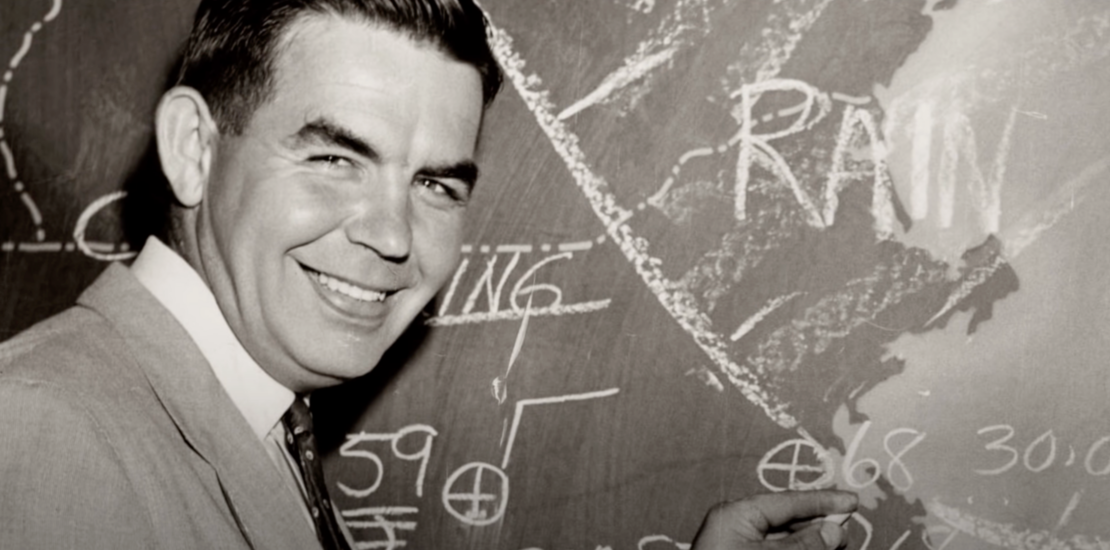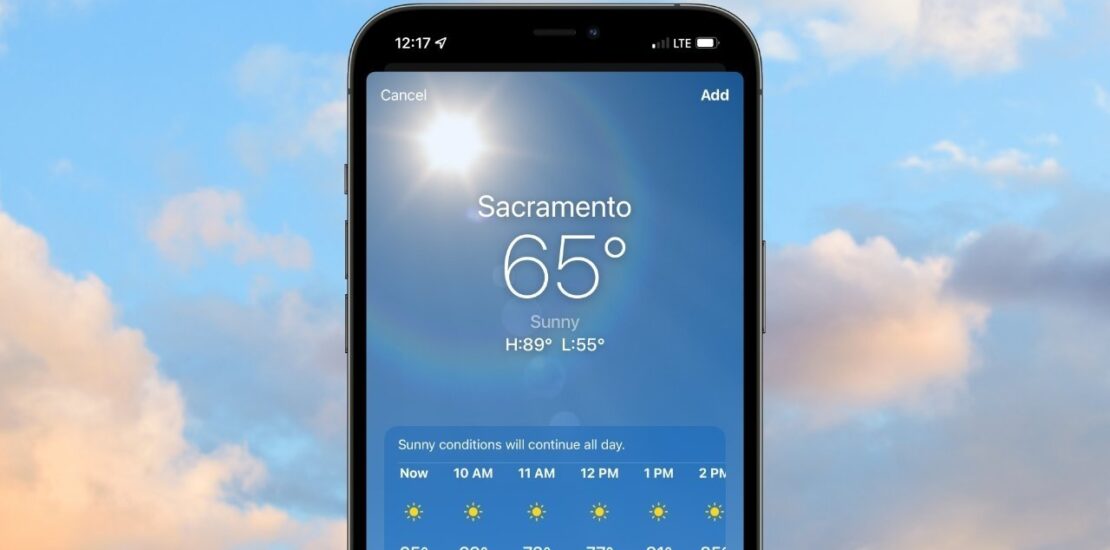sales forecast
-
250 Best Articles on Sales and Sales Leadership by Category
- April 4, 2024
- Posted by: Dave Kurlan
- Category: Understanding the Sales Force

These are the top 10 articles in 25 categories on sales, sales leadership, sales assessments, sales performance, sales excellence, sales process and more.
-
Don Kent and My 8 Reasons For Inaccurate Sales Forecasts
- February 15, 2024
- Posted by: Dave Kurlan
- Category: Understanding the Sales Force

1960’s Don Kent is like a 2020’s salesperson. Excited about an opportunity, but wrong. And they don’t have to be wrong, shouldn’t be wrong, and honestly, can’t be wrong. The 2020’s salesperson may not have computer models, but they do have technology and it’s not the technology getting the forecast wrong. It’s the salesperson. There are a number of reasons they get so excited and get it so wrong but here are eight good ones:
-
What Companies Don’t Know About Sales
- November 10, 2023
- Posted by: Dave Kurlan
- Category: Understanding the Sales Force

We heard that the “Sound of Freedom” was a good movie but waited until we could stream it at home. We loved the movie, but we were moved even more by the closing messages displayed on the screen. The statistics are astounding, where as a result of human trafficking, mostly at the southern border, more children are enslaved today than when slavery was legal! We didn’t know what we didn’t know.
“Companies don’t know what they don’t know about sales” is true in most companies and sales organizations.
-
Snowstorm & Weather Apps Explain Why 75% of Sales Forecasts are Wrong
- March 16, 2023
- Posted by: Dave Kurlan
- Category: Understanding the Sales Force

As a Nor’Easter barreled across Central Massachusetts today, a few interesting storm-related happenings were analogous to some sales-related occurrences. This article will explore two weather-related analogies:
It’s in 3D – Dinger the Dog and his choice of Doors
The Magic of Weather AppsI’ve written about Dinger, our six-year-old Golden Doodle, several times. The most popular article was when I claimed and proved that Dinger’s listening skills were better than those of salespeople.
-
10 Steps to Crushing Your Sales Forecasts
- February 18, 2022
- Posted by: Dave Kurlan
- Category: Understanding the Sales Force

Times change but one constant is the requirement for monthly, quarterly and annual sales forecasts. It used to be difficult to come up with that number but with the technology we have today, a single click in our CRM applications should show us the accurate number. But there is always a lingering question that accompanies that click: Is that really the accurate number?
-
Sales Forecasts Do Not Have to Be as Wrong as Fortune Cookies
- October 29, 2021
- Posted by: Dave Kurlan
- Category: Understanding the Sales Force

With all of these forecasts having the chance to be completely wrong, it makes me wonder about the way sales leaders and CEOs react to sales forecasts. After all, should we expect anything different when it comes to sales?
-
Predict the Weather but Control the Sales Forecast and Revenue
- June 6, 2017
- Posted by: Dave Kurlan
- Category: Understanding the Sales Force

You may be familiar when the rant sounds like: “It’s almost the end of the quarter, we’re only at 65% of forecast, the pipeline is half empty, and nothing is closing. With the exception of 3 nice deals that came in during May, our salespeople have sucked.”
While the crappy weather and your crappy 2nd quarter revenue have crappy in common, there is one huge difference that can help you hit your sales forecast even when the weather forecast is for rain.
-
Sure Fire Way to Know Which Sales Opportunities are the Best Sales Opportunities
- February 24, 2016
- Posted by: Dave Kurlan
- Category: Understanding the Sales Force

I just love it when cool gets cooler and I’m not talking about the winter weather in New England. About a month ago, I wrote this article on Targeting and shared a generic model for scoring opportunities. George Bronten and Henrik Oquist, CEO and COO of Membrain, took note and developed the concept as a new feature for their world-class CRM application, Membrain. You have to see how we integrated this new feature into the Baseline Selling version of Membrain. In the image below, you can see that we added a scoreboard milestone at two stages of the sales process.
-
A Guaranteed Fix for Inaccurate Sales Forecasts
- September 15, 2015
- Posted by: Dave Kurlan
- Category: Understanding the Sales Force

Are your expectations completely unrealistic when you attempt to forecast sales for the month or quarter? For most companies, inaccurate forecasts are the norm and expectations for accuracy are insane. But that’s when companies rely on CRM applications with any of the following 10 challenges:
-
Should a Salesperson be Punished after a Huge Sale?
- May 4, 2015
- Posted by: Dave Kurlan
- Category: Understanding the Sales Force

My wife and I watched with a combination of fascination, sadness and shock as the coach of our son’s 12 and under AAU baseball team made them run suicides after the double header they won on Saturday, and again after the double header they won on Sunday. Why would he punish them after winning four games this weekend? And how does this apply to sales? You’ll be amazed by what you read.
- 1
- 2

